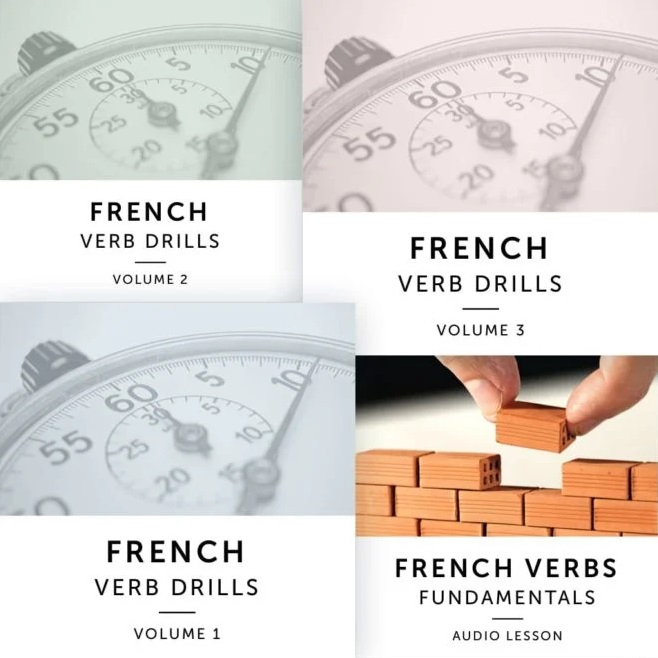Master The French Accent Marks In Under 10 Minutes
I spent last winter in France and was astounded by many English speakers’ lack of knowledge of the French accent marks. Learning how to read these little symbols is easy and only takes about ten minutes.
Knowing the accents is essential for reading and pronouncing French words correctly. In a nutshell, the names of the French accents are: the l’accent aigu (é), l’accent grave (è), le circonflexe (ê), l’accent tréma (ë) and la cédille (ç).

I was chatting with another American on a bus to the French ski mountain of Flégère (part of Chamonix). As we were chatting, it became very clear to me that he was struggling to pronounce the name of the ski area because he didn’t know how to read the accents over the -e‘s.
The aim of this post is to demystify the French accents and help you better pronounce the names of places and things on your next trip to France. By the way, future down the page you’ll learn the pronunciation of “Flégère“!
Names of the French accent marks
In short, here are the French accent marks:
- Acute accent accent aigu [é]
- Grave accent accent grave [à, è, ì, ò, ù]
- Circumflex accent circonflexe [â, ê, î, ô, û]
- Diaeresis accent tréma [ë, ï, ü]
- Cedilla cédille [ç]
In this next section we’ll look at each accent mark and its effect on reading and pronunciation.
1. Acute accent (l’accent aigu)
Accent aigu is an upward slanting accent and appears only over the letter -e and looks like this: é. It’s effect on the letter -e is to have it pronounced like ay as in play. The phonetic symbol for his sound is [e]. Here are some commonly used words which use accent aigu.
- café coffee
- Céline (woman’s name)
- étudiant student
- école school
Past participles of regular -er verbs also end in accent aigu.
- parlé spoke
- mangé ate
- travaillé worked
2. Grave accent (l’accent grave)
This is the downward sloping accent that appears over the following letters: -è, -à, -è and -ù. When appearing over an -e, accent grave causes the -e to sound like the -e in “get”. The phonetic symbol for this sound is [ɛ].
- mère mother
- père father
- frère brother
Some words contain both accent aigu and accent grave. In these cases, follow the reading rules I just described: é sounds like ay as in play and and è sounds like the -e in get.
- je préfère I prefer
- je célèbre I celebrate
- Flégère (There, we learned it!)
The accent grave appearing over the letters -a and -u is used to distinguish homonyms (two words the same spelling and different meanings. The presence of these accents does not change the pronunciation.
- là there vs. la the (feminine)
- à to or at vs. a he/she has
- où where vs. ou or
3. Circumflex (le circonflexe)
The circumflex accent is the little hat (petit chapeau) which appears over the letters: -â, -ê, -î, -ô, -û. In some instances, circonflexe may have replaced the letter -s in old French and no effect on pronunciation.
- l’île island
- la forêt forest
- les pâtes pasta
When circonflexe appears over an -ô, the -o sounds like oh as in oh my gosh. The phonetic symbol is [ɔ].
- l’hôtel hotel
- le côté side
- tôt early
Cironflexe is also used to distinguish between homonyms.
- sûr certain, sure vs. sur on, on top of
- tâche task, chore vs. tache stain
- dû past participle of devoir (must, have to) vs. du some or contraction of de + le
- mûr ripe vs. mur wall
For years there’s been talk of eliminating the circumflex from written French. This BBC article explores this issue.
4. Diaeresis accent (l’accent tréma)
Of all the accent marks, tréma is the least common. It appears over the letters -ï and -ë. When two vowels appear next to each other and one of them has a tréma, both vowels get pronounced.
Hence, when you read Noël (Christmas), both the -o and -e get pronounced: “noh-el”. Is this a coïncidence (pronounced: coh-incidence)? I think not.
- Noël Christmas
- naïf/naïve naive
- maïs corn
- Thaïlande Thailand
5. Cedilla (la cédille)
The cedilla (cédille) is the mark under the letter -c. It looks like this: -Ç -ç. The function of the cedilla is to make the letter -c have a soft sound like -s as in Sam. The ç is found before the letters -a, -o and -u.
With the cedilla, ça va sounds like sa va. Without the cedilla it would sound like ka va. Separately, without the cedilla français would sound like frankay.
- ça va How’s it going (this page explores ça va in detail)
- français French
- Françoise (woman’s name)
Typing French accents
If you’re trying to figure out how to type the French accents but can’t seem to do it, one option is simply to copy-paste. Below are all the combinations of letters and accents you’ll need. French.typeit.org is also a useful tool for typing the accents.
é è ê ë É È Ê Ë | à À â  | ù û ü | ç Ç | æ | î ï | ô œ | £0 € | « »




